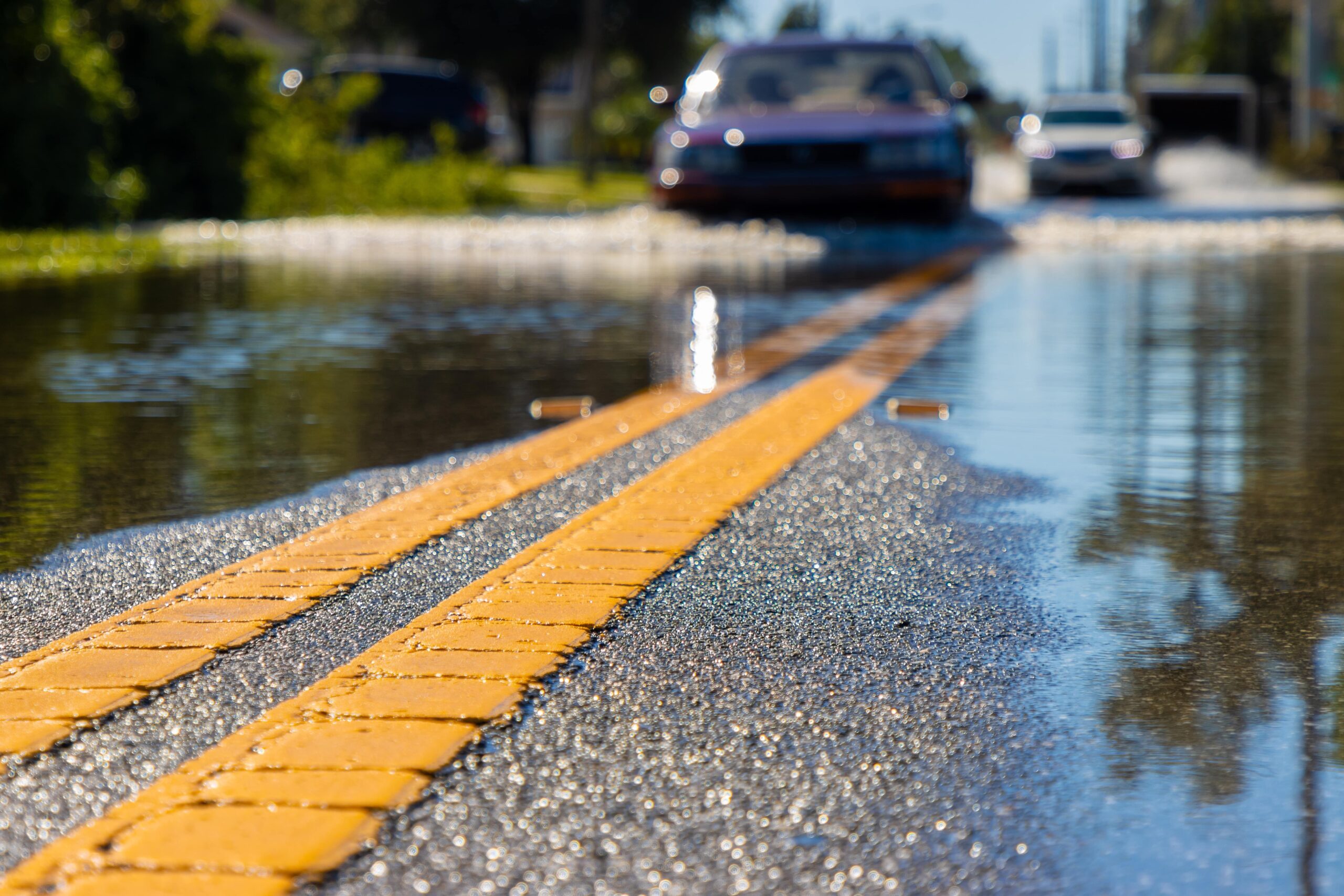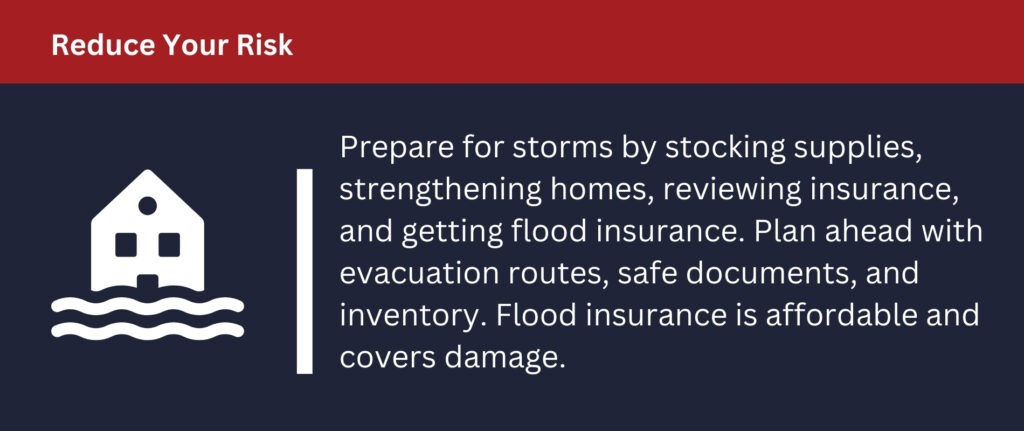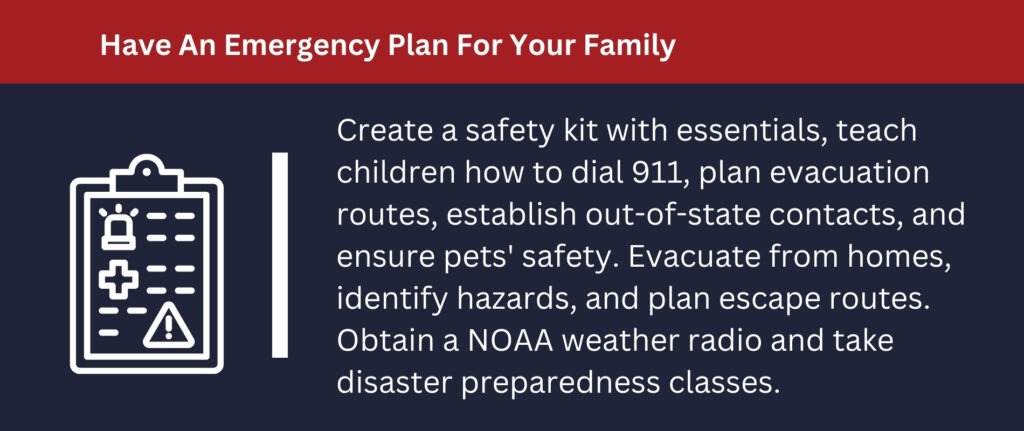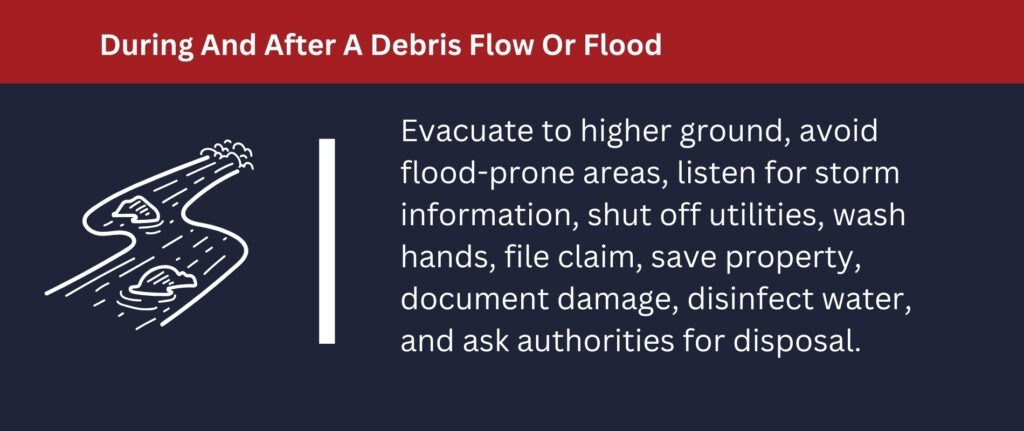 California was hit by a series of 31 atmospheric rivers from October 2022 through March 2023. These storms dumped record amounts of rain and snow, leading to floods throughout the state.
California was hit by a series of 31 atmospheric rivers from October 2022 through March 2023. These storms dumped record amounts of rain and snow, leading to floods throughout the state.
Experts don’t know why so many strong storms hit California this past winter. A UCLA climate scientist told the Los Angeles Times that its cause could be anything from January 2022’s volcanic eruption near Tonga putting a lot of water vapor in the air to “random bad luck.”
Some experts, however, think that stronger, rainier atmospheric rivers may become more common in California due to climate change.
Atmospheric rivers can dump large amounts of rain in one spot in a short period of time, and this can cause debris flows, especially in areas previously hit by wildfires. Debris flows and floods can be devastating and deadly, but there are things you can do to prepare for them.
What Is A Debris Flow?
Debris flows are landslides which move very quickly. They present a danger to property and life since they are so fast-moving. They destroy things in their path and tend to strike without prior warning.
Debris flows usually happen when heavy rainfall or rapid snowmelt occurs, and they usually happen on mountains or hillsides. They can travel faster than 35 miles per hour and can carry cars, trees and boulders.
Debris flows are especially common in areas where wildfires have recently burned. Vegetation typically keeps soil trapped on hills during rainfall. However, wildfires remove this vegetation, causing sediment to travel down hills, causing the bottoms of channels to become filled with sediment. When intense rain occurs, water moves this sediment, creating a debris flow.
Reduce Your Risk

Flood insurance covers debris flows caused by floods. Floods do not need to be catastrophic to be costly. You don’t need to live in an area with a high risk of floods to end up with flood damage. About 20% of claims for flood insurance happen in low-to-moderate risk areas. Those who own property should keep in mind:
- Prepare now: Make sure you’re stocked with supplies in case a storm occurs. Make your home stronger against damage. Review the insurance you have. Make sure you’re familiar with your coverage, and that your coverage adequately protects your belongings and building. If you don’t have flood insurance, get it now, as it usually takes 30 days before new flood insurance policies take effect.
- Flood damage is only covered by flood insurance: Flood damage isn’t usually covered by standard homeowner policies. Flood insurance is not terribly expensive. Average policies cost about $600 per year, and if you live in a low-to-moderate risk area, you can get a policy for as low as $129 per year.
- Plan ahead: Make sure you have evacuation routes planned. Have a waterproof, safe place for important documents. Do an inventory of your home; take photos of your possessions and itemize your possessions.
Preparing For A Flood Or Debris Flow
After you obtain flood insurance, you can do numerous things to minimize your losses in the event of a debris flow or flood and make sure your family is safe.
Safeguard Possessions
Create a flood file which contains information regarding your possessions. Keep it in a place which is secure, like a waterproof container or a safe deposit box. Your flood file should contain:
- Copies of insurance policies with the contact information of your agent.
- An inventory of your household, either photographed or videotaped. Create files including store receipts and serial numbers for electronics and appliances. Get appraisals of your artwork and jewelry.
- Copies of other important documents, like major purchase receipts and records of finances.
Prepare Your Home
- Make sure you have a functioning sump pump. Install a backup which is operated by batteries in case the power goes out. Install a water alarm that lets you know when your basement has water backing up in it.
- Make sure debris is cleared from downspouts and gutters.
- Make sure all fuel tanks are anchored.
- Make sure any electric components are raised 12 inches or more above the projected flood elevation of your home.
- Make sure important documents, valuables and furniture are in a safe place.
Have An Emergency Plan For Your Family

- Make a safety kit containing a flashlight, a radio, blankets, first aid, canned food and drinking water.
- Make sure your children know how to dial 911. Keep emergency phone numbers by your phone.
- Practice and plan, with your family, an evacuation route that you use in the event of a flood. Be aware of safe routes from school, work and home which are located on higher ground.
- Ask a friend or a relative who is out-of-state to be an emergency contact for your family.
- Develop a plan to ensure your pets’ safety in the event of mandatory evacuation.
- Know what hazards might affect your family. Know how vulnerable your home is to wind, flooding and storm surge.
- Identify the safest areas or rooms in your home for each type of hazard. Sometimes, the safest place might not be located in your home.
- Figure out escape routes and meeting places. These routes should not be hundreds of miles long.
- Obtain a NOAA weather radio, and make sure its batteries are replaced every six months.
- Take disaster preparedness, CPR and first aid classes.
Create A Disaster Supply Kit
Your disaster supply kit should contain:
- Enough water for each person to have one gallon per day for three to seven days.
- Enough food for three to seven days. Your food stash should include non-perishable food or juices, food for the elderly or infants if necessary, snacks, a can opener which is not electric, cooking fuel, cooking tools, plastic utensils and paper plates.
- Pillows, blankets, etc.
- Clothing, including sturdy shoes, rain gear and seasonal clothing.
- Prescription drugs, medicines and a first aid kit.
- Moisture wipes, hygiene items and toiletries.
- Special items for the elderly and babies.
- Batteries.
- Flashlights.
- A cell phone which is fully charged, an extra battery, and a non-cordless, traditional telephone.
- An NOAA weather radio which is powered by batteries.
- Games, books and toys.
- Keys.
- Credit cards and cash.
Tips For Evacuating
- Don’t wait to leave if you are ordered to evacuate. Leave before you are ordered to evacuate if possible. Slight delays in evacuating can lead to significantly longer evacuation times due to traffic congestion.
- Choose a destination for evacuation which is close to your home.
- Know that shelter options such as hotels in inland metropolitan locations will probably be filled quickly in the event of a large evacuation.
- Know that you will probably wait in traffic if you make the decision to evacuate to a different region or county. Designated evacuation routes will likely see congestion and delays, especially when the storm is especially severe or large.
- Make arrangements for staying with a relative or friend who lives close to you if possible. Talk about them beforehand about your evacuation plan.
- Make reservations before leaving if you plan to evacuate to a motel or hotel. Motels and hotels will quickly fill once evacuations start. You’re less likely to find a place to stay the longer you wait to make a reservation, especially in metropolitan areas or along highways. Make sure your motel or hotel is pet-friendly if you have a pet.
- Evacuate to a shelter if you don’t have family or friends to stay with and no motel or hotel rooms are vacant. Remember that shelters don’t typically accept pets. Bring your disaster kit to the shelter.
- Ensure you can give your car gas before leaving.
Have A Pet Plan In Place
Before a flood or debris flow, you should:
- Ensure your pets are up to date on vaccinations.
- Have a current picture of your pets.
- Make sure your pet has a collar with identification and make sure you have a leash.
- Have pet carriers of an appropriate size for each pet – they should be big enough for your pet to turn around and stand.
- Make sure you have a place for your pet to stay in case of evacuation. Keep this in mind while developing an evacuation route.
When a flood or debris flow occurs, you should:
- Make sure you have a rabies tag, a proper identification collar, proper identification on any belongings, a cage or carrier, a leash, an adequate supply of water, food and bowls for food, all necessary medications, care instructions, and trash bags or newspapers for cleanup if you bring a pet to a pet shelter.
- Take your pets indoors well before a storm – remain calm and reassure them.
- Call ahead to determine the availability of pet shelters.
After a flood or debris flow, you should:
- Walk your pets on leashes until they re-orient to your home. Floods and debris flows can alter familiar landmarks and scents, and this can confuse pets, causing them to become lost. In addition, debris, reptiles and fallen power lines can pose threats to pets after floods and debris flows.
- Contact animal control and ask where you can recover lost pets if you can’t find your pets. Bring a photo of your pet if you can.
- Monitor your pets’ behavior, as pets can become defensive or aggressive after disasters.
You should create a pet disaster kit which includes:
- Proper ID which includes records of immunization.
- Water and food.
- A cage or carrier.
- Medicines.
- A leash, collar and muzzle.
During And After A Debris Flow Or Flood

In order to stay safe during a debris flow or flood:
- Get to higher ground.
- Avoid flood-prone areas.
- Get to the roof, attic or top floor if water rises before you’re able to evacuate.
- Listen for storm information on a radio which is battery-powered.
- Make sure all utilities are shut off at your main power switch, and make sure your main gas valve is closed if you’re advised to.
- Wash your hands if you contact floodwaters.
After a debris flow or flood occurs:
- Call your insurance company and file a claim if your home suffered damage.
- Make sure your home doesn’t have structural damage before entering it to prevent getting trapped in a collapsed building.
- Save any personal property that has been damaged.
- Take pictures of any floodwater that entered your home.
- Make a list of lost or damaged items. Include their value and purchase date. Include receipts. Place them with any inventory you took before the flood. You might have to dispose of some items which were damaged; photograph them before disposing of them.
- Don’t turn the power back on until your system has been inspected by an electrician.
- Boil water that you consume until you’re told by authorities the water is safe to ingest.
- Immediately remove wet contents from your home to prevent mold.
- Wear boots and gloves while disinfecting and cleaning. Clean wet items with bleach and a pine-oil cleanser. Completely dry them, then monitor them for many days for odors and fungal growth.
- Don’t return home until officials say it’s safe to do so.
- Look for damaged gas lines or loose power lines before going back into your home.
- Keep an eye out for wild animals which may have entered your home during the flood.
- Immediately leave and call your local fire department if you smell gas or detect a hissing noise.
- Don’t step in water if power lines are downed around your home.
- Keep pets and kids away from floodwater and hazardous sites.
- Ask local authorities for help with disposal.
- Discard food, water and eating tools which have contacted floodwater.
- Don’t make baby formula, make ice, wash hands, prepare food, brush teeth or wash dishes with floodwater or water which might be contaminated.

